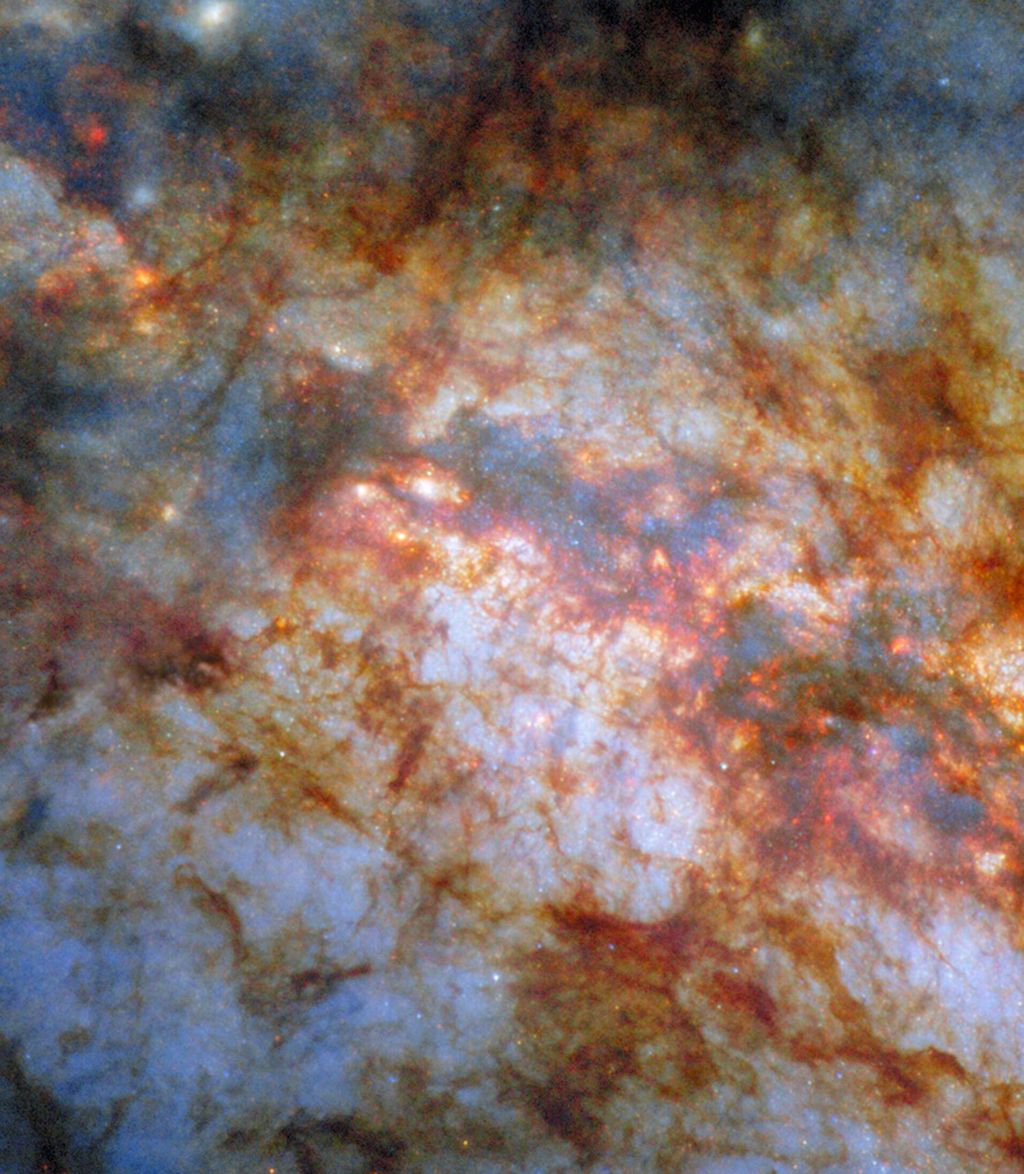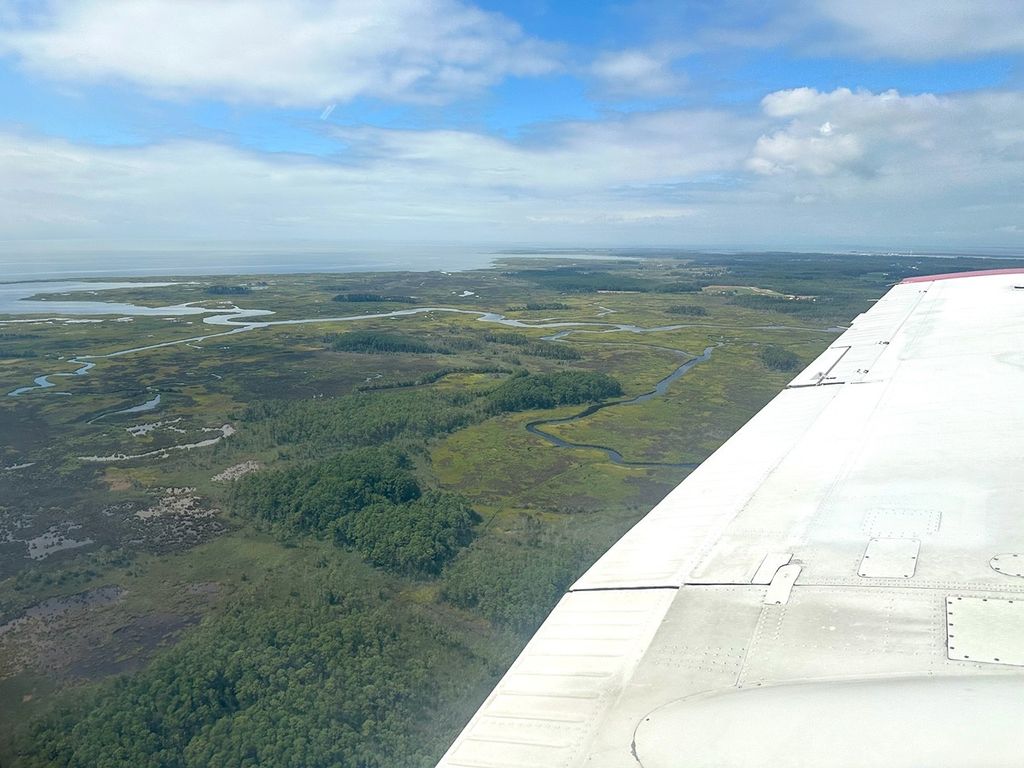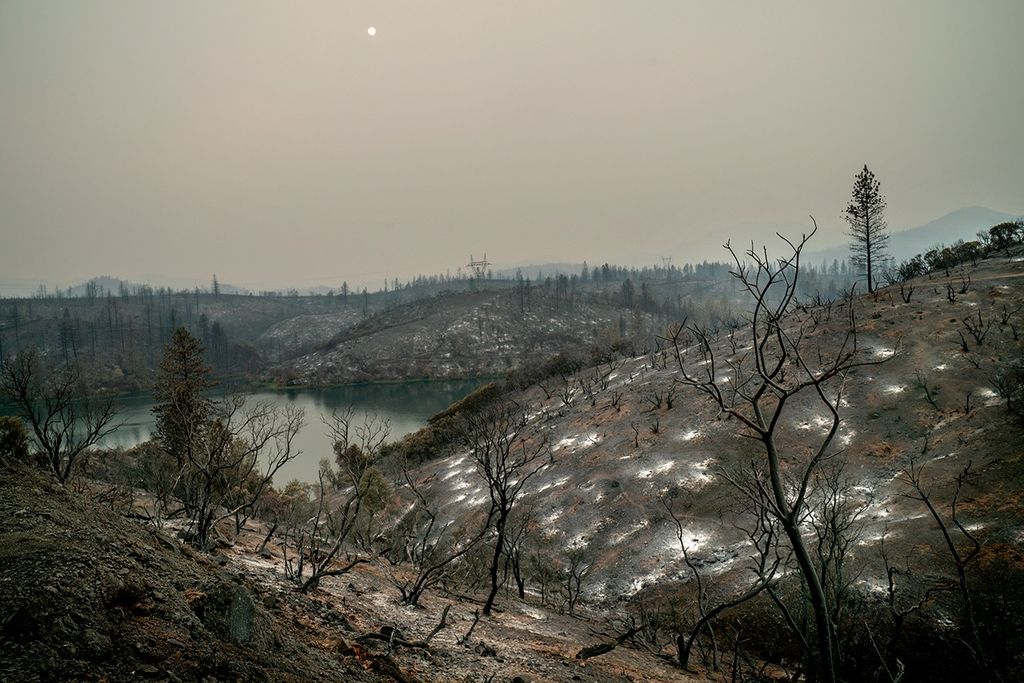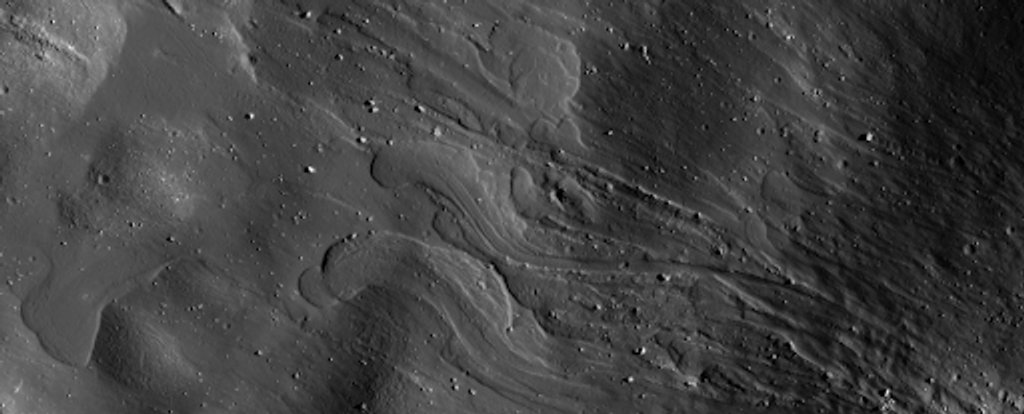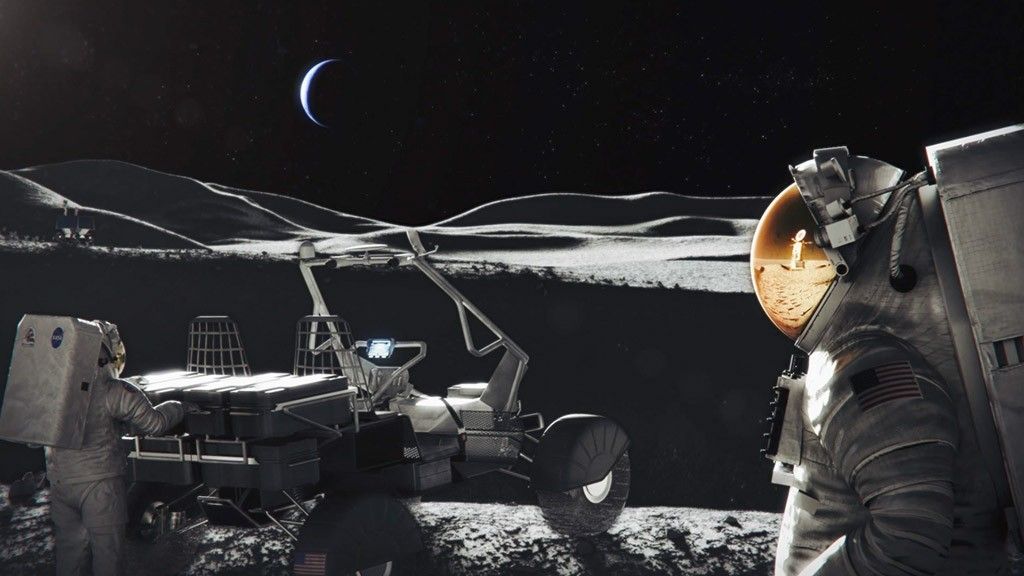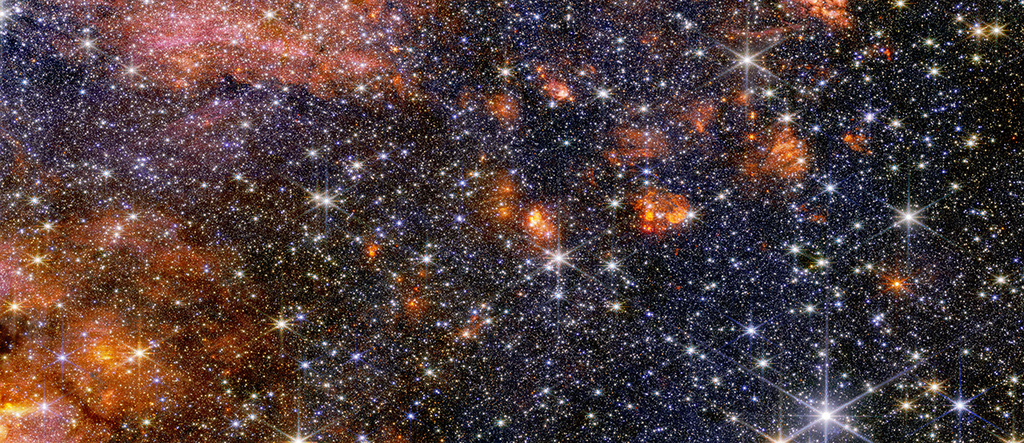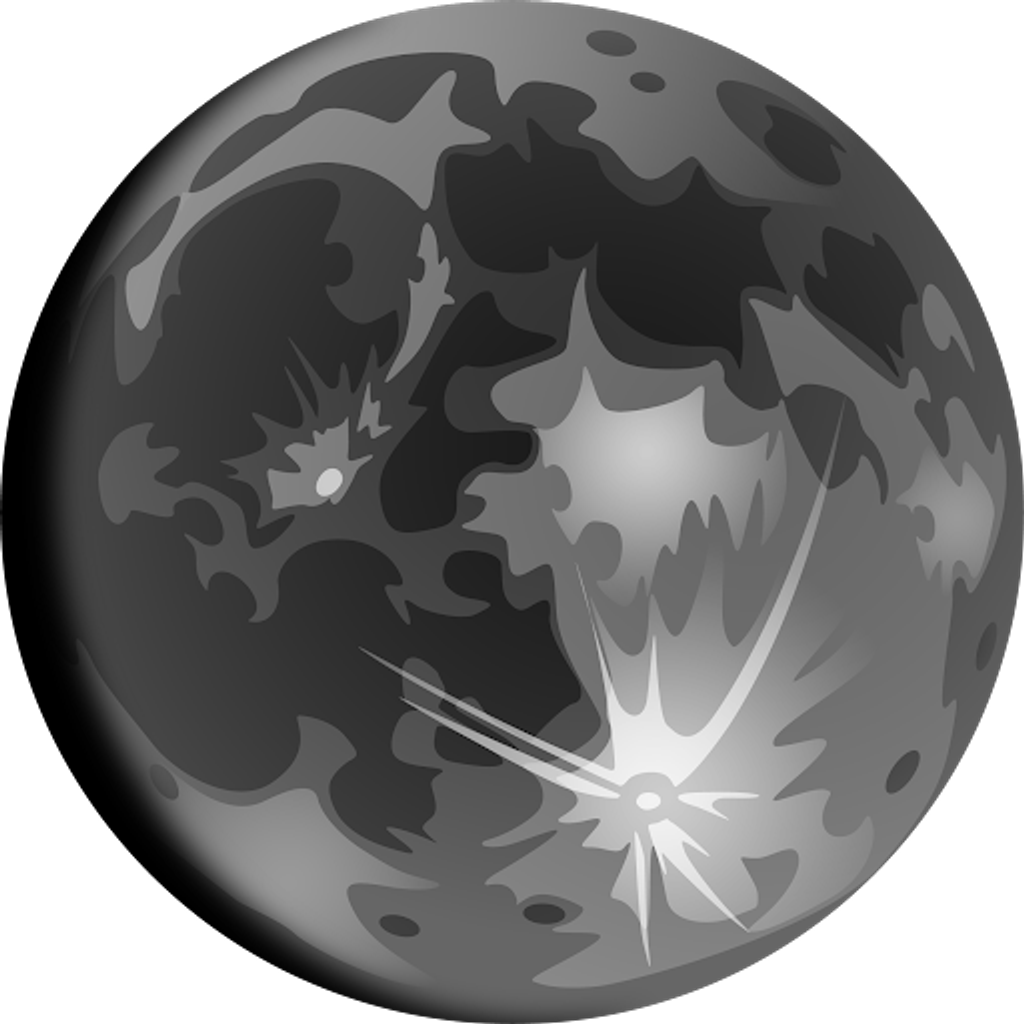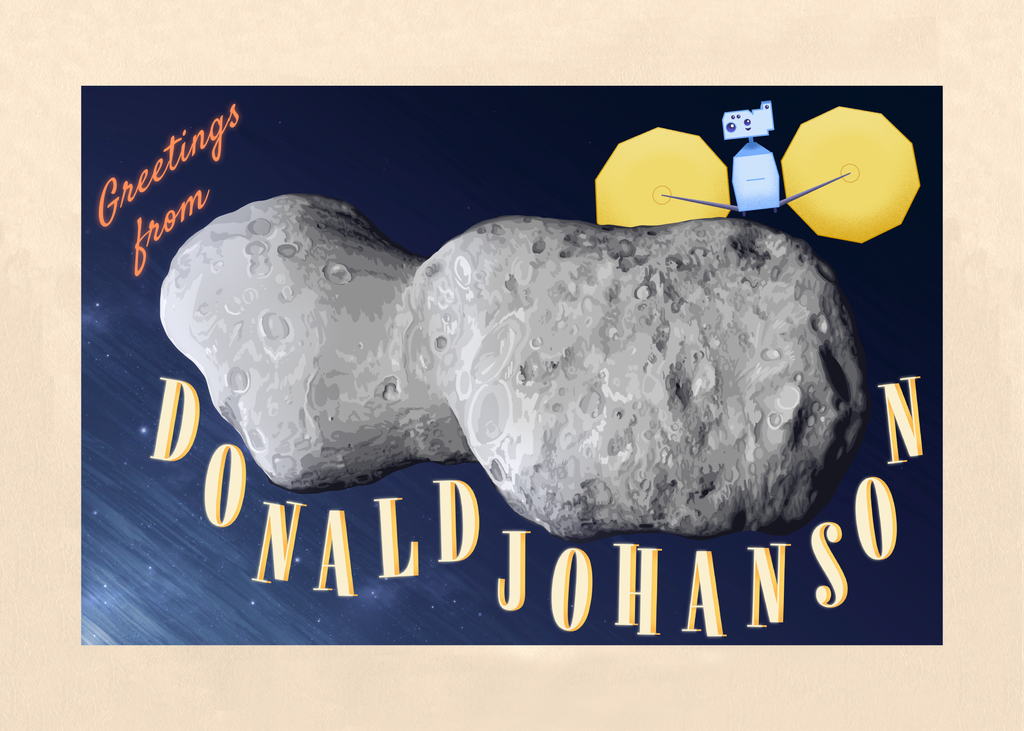Spotlite Design Challenge Virtual Mission: Destination Moon



Developed in Collaboration with NASA Heliophysics Education Activation Team (NASA HEAT).
Follow these steps to think and act like scientists as you dig through data and experiment to support a claim that confronts a misconception.
- Select one of the MISCONCEPTIONS and its related CLAIM to investigate.
- Do your own RESEARCH by conducting investigations to gather data and collect evidence to support your claim.
- Review the Criteria for the Spotlite video.
- Create the Spotlite video.
For teams who have successfully completed Challenger Center’s Virtual Mission: Destination Moon, congratulations! To learn more about how to book a Destination Moon experience, please visit the Challenger Center Virtual Missions. The Destination Moon Spotlite Challenge is also open to ALL teams, whether or not you participated in Challenger Center’s Virtual Mission.
Identify the problem: You are challenged to gather and share evidence to confront misconceptions about our moon. Create a video that captures your questions and findings.
MISCONCEPTION 1: Because the Moon can be seen it is easy to launch a rocket there.
Demonstration and Experimentation Ideas
Activity
- NASA Space Place - Launch a Rocket from a Spinning Planet (experiment)
- NASA - Eyes on the Solar System (simulation)
Science Information Links
- NASA Spaceflight.com - Why Those Annoying Launch and Landing Weather Rules Exist
- NASA Space Place - How Do We Launch Things into Space?
- NASA - Falcon 9 Weather Criteria Fact Sheet
MISCONCEPTION 2: The Moon can only be seen at night.
Demonstration and Experimentation Ideas
Activity
- NASA JPL - Make a Moon Phases Calendar and Calculator
- NASA – Look at the Moon Journaling Project
- Night Sky (or similar) free Astronomy app
Science Information Links
- Space.com - Why Do We See the Moon in Daylight?
- The Conversation - Curious Kids: Why Can I Sometimes See the Moon in the Daytime?
NASA cares about the safety of all learners!
Safety is important anytime you conduct a science investigation. Common sense guidelines should govern all work.
- Keep all workspaces neat and organized.
- Wear appropriate personal protective equipment, such as closed-toed shoes.
- Follow directions and ask for clarification.




